Educational Trip To Morocco For International Schools
School groups can learn about geography up close in the midst of Morocco’s dramatic mountain and desert landscapes or explore the colourful markets and cities that are full of culture and history.
Subjects covered
Cultural
History
Geography
Languages
CAS
Food Technology
Our tailor-made packages include...
Choose your excursions
The range runs 1000km from the northeast Atlantic Coast across to northern Algeria. The mountains are home to the indigenous North African Berber group and a number of unique African animal species. Students have a chance to visit the earthen villages scattered across the valley sides, with traditional gardens terraced into the walnut groves below.
This mountain route through the High Atlas links Marrakech with Ouarzazate, reaching an altitude of 2,260m above sea level. What makes this pass so special is the range of Atlas environments experienced, from the barren peaks and Haouz plains to the verdant foothills of Oued Zat. Witness how the forces of nature have helped shape these mountains, offering an insight into the plate tectonics and fold mountain formation.
Despite its name meaning ‘no noise’ in the Berber language, its proximity to the Atlas Film Studios has created Hollywood traffic and is a regular stop for stars and filmmakers. Luckily the wide palm-fringed boulevards and desert crossroads have retained their peaceful atmosphere. Flanked by the High Atlas and Sahara the glowing town has a magical fee
Formed by the River Draa that flows from the high Atlas Mountains, down through the lower Anti Atlas ranges and a series of steep canyons of green and black rock. Astonishing oases stretch into the desert and students can visit the clusters of fortified villages – like small city-states they offer protection from nomads and are completely self-sufficient.
This is known as the gateway between the Sahara and the rest of the world. The desert sensation really kicks in here as distance and time are measured in camel days and the paved roads come to an end. A highlight of Zagora is the famous painted sign to Timbuktu. The town lies at the foot of Jebel Zagora and a pleasant climb to the top gives terrific views.
The World Heritage site of Ait Benhaddou is a fortified city on the old caravan route between the Sahara and Marrakech. The building has recently been restored but retains the atmosphere that has prompted its use in many films over the years, including The Sheltering Sky and Gladiator.
These are the largest film studios in the world, spanning 322,000 square foot of desert outside of Ouarzazate. The location was first used for David Lean’s 1962 epic Lawrence of Arabia and has gone on to provide the desert for many famous films. What makes this tour special is the old movie sets abandoned and decaying in the sands, including a huge prop jet plane.
Essaouira is one of Morocco’s most attractive coastal cities standing on a peninsula and swept by the trade winds. Traditionally an old pirates’ hideout the whitewashed streets and squares are protected by battlements and two fortresses. The relaxed atmosphere makes exploring the twisting alleyways, fishing harbours and medina walls a world away from Marrakech. Groups visit the traditional port to see the catch being landed and morning fish market.
This square is a well-loved communal space for locals and tourists, at the heart of old Marrakech. By day it is an alfresco food bazaar where henna tattooists, snake charmers and medicine men ply their trade. By night it is alive with cooking smoke, acrobats from the Atlas Mountains, dancers, storytellers and folk musicians playing into the night
The souks are the labyrinthine markets that have become a symbolic image of Morocco. Your students can spend hours exploring the Aladdin’s Caves of carpets, leathers, lanterns and pottery. Speciality produce that forms the basis of Moroccan cooking such as olives, pickles, citrus and dried fruits are in abundant display and haggling is encouraged.
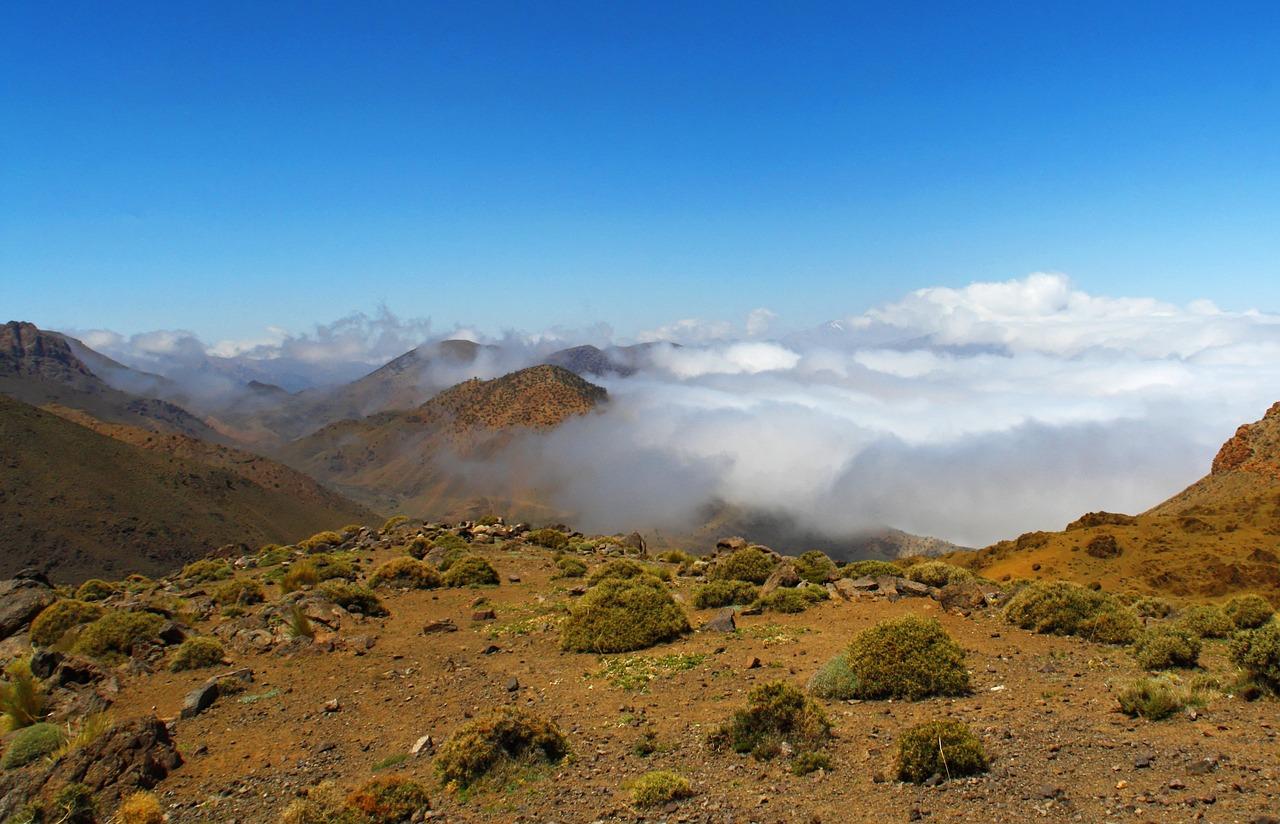


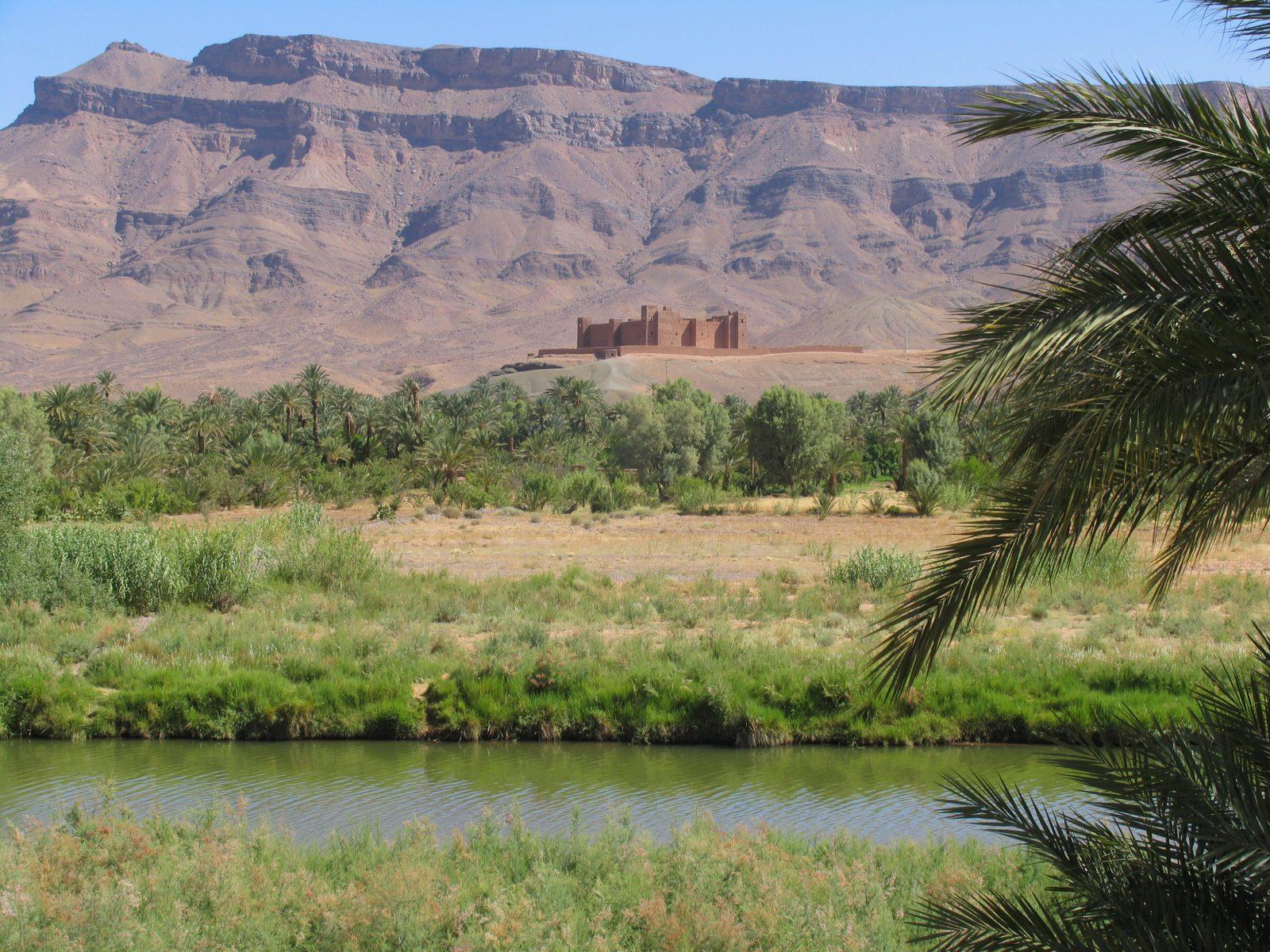

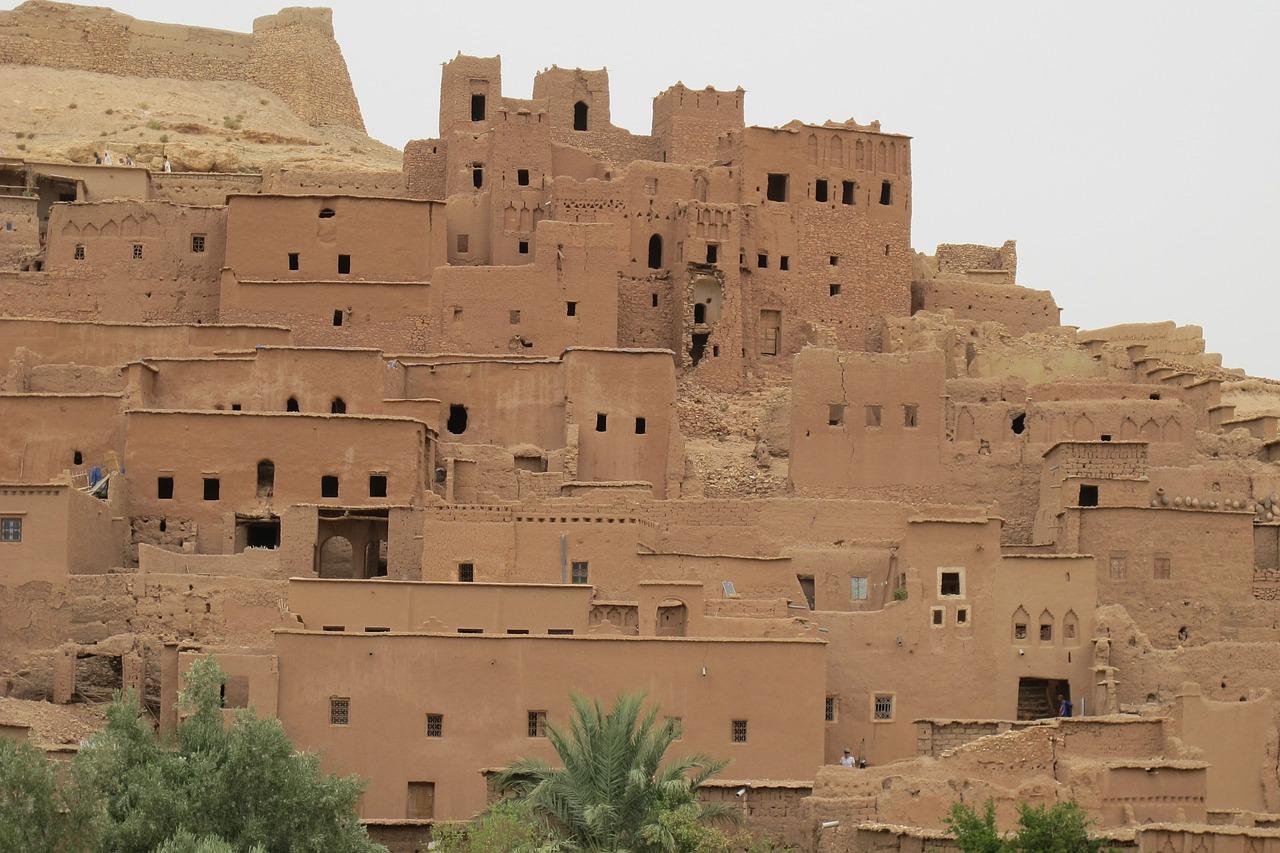
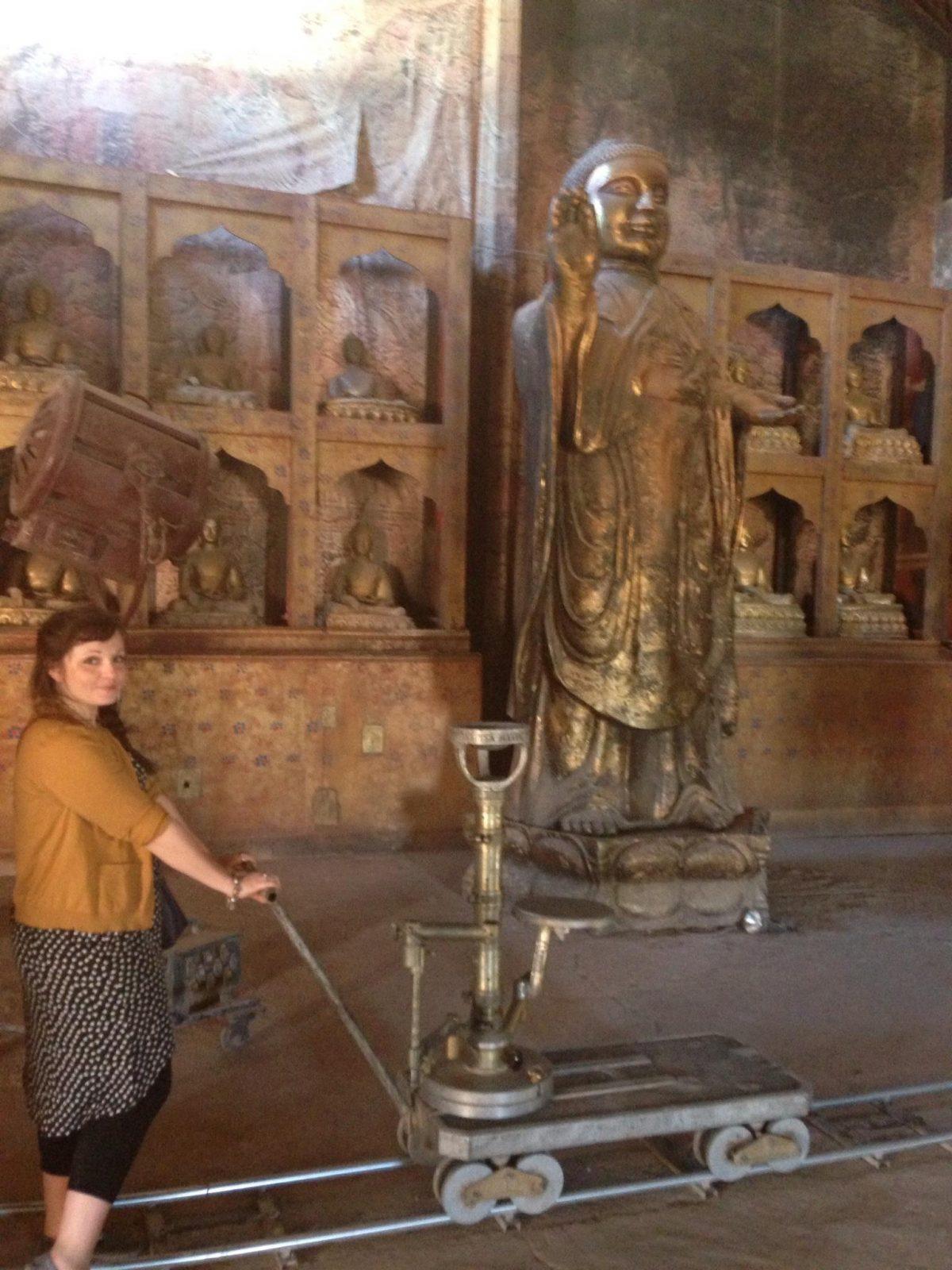
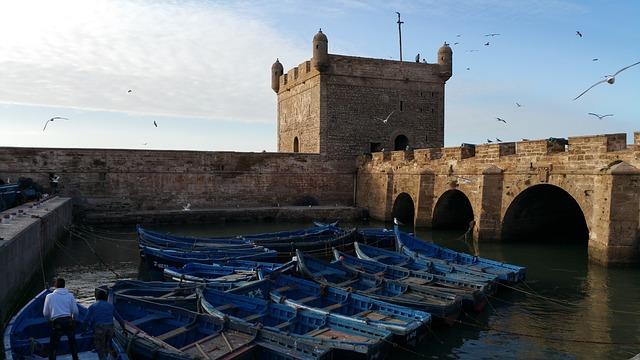
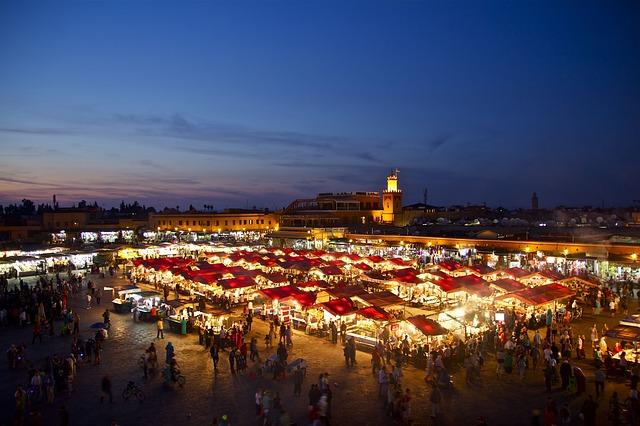
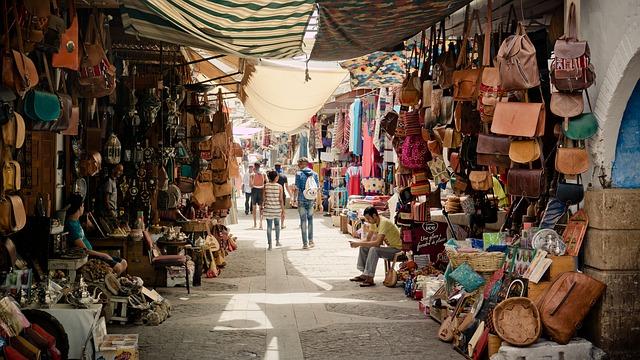
Typical accommodation





